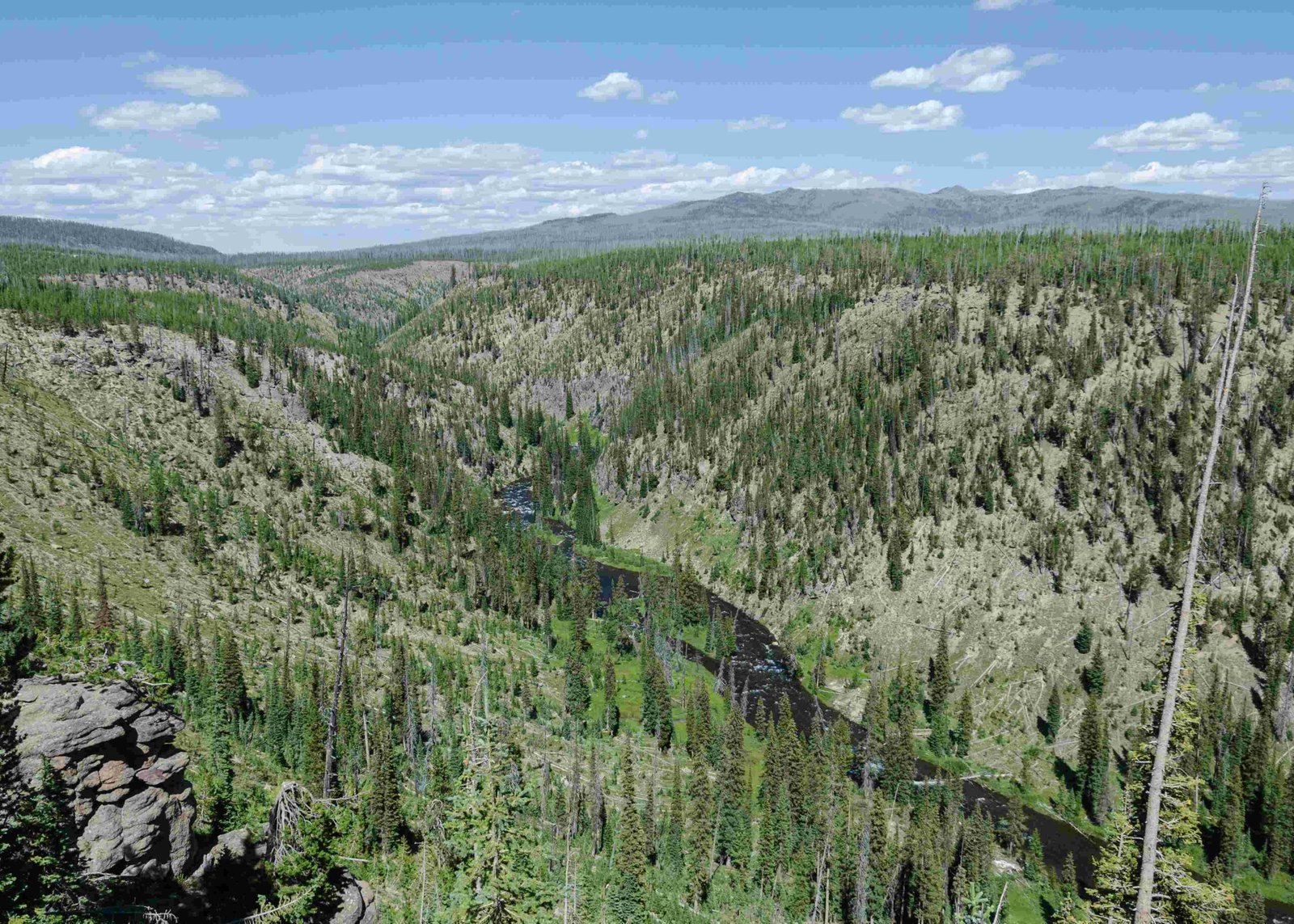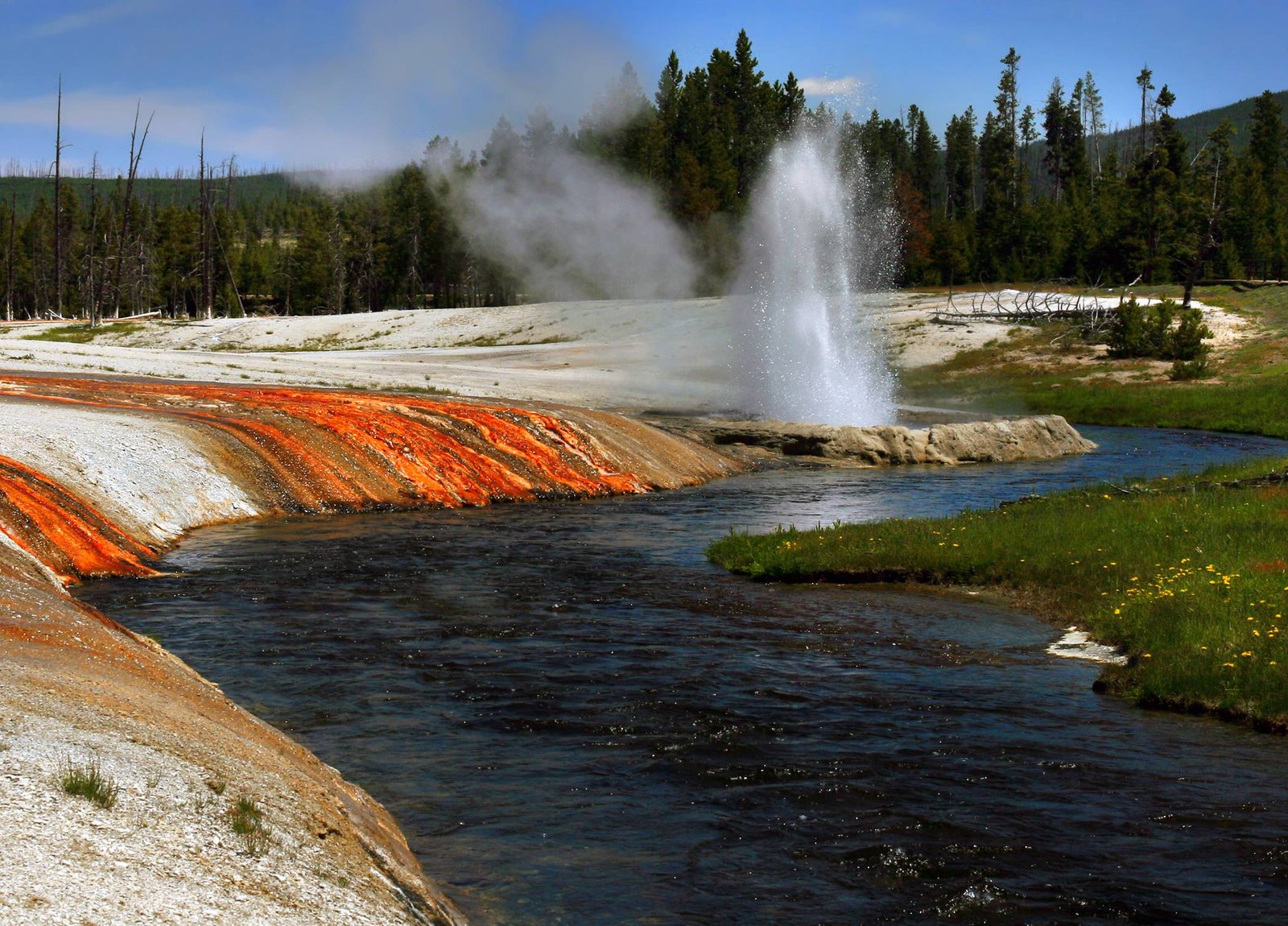In August 2017, a group of Thai tourists made headlines for trespassing and potentially damaging a fragile thermal area in Yellowstone National Park. This incident sparked discussions about park safety, visitor education, and the challenges of managing one of America’s most beloved natural treasures. The tourists were caught on video walking in a prohibited area, ignoring warning signs, and posing for group photos, raising concerns about the impact of such behavior on the park’s delicate ecosystems.
What Happened During the Thai Tourist Incident at Yellowstone?

The incident occurred in August 2017 when a group of Thai tourists entered a restricted thermal area in Yellowstone National Park. Despite the presence of warning signs, the group was seen walking on the fragile ground, taking photos, and generally disregarding the park’s rules. A video of the incident showed the tourists giggling and posing for group photos in the off-limits area, seemingly unaware or unconcerned about the potential damage they were causing.
This behavior not only put the tourists at risk but also threatened the delicate ecosystem of the thermal area. Yellowstone’s thermal features are extremely sensitive to human interference, and even minor disturbances can cause long-lasting damage.
Why is Trespassing in Yellowstone’s Thermal Areas Dangerous?

Trespassing in Yellowstone’s thermal areas poses significant risks for several reasons:
- Personal Safety: The ground around thermal features can be thin and unstable, potentially leading to severe burns or even death if someone falls through.
- Environmental Damage: Human activity can disrupt the delicate balance of these ecosystems, potentially altering their unique characteristics.
- Contamination: Oils and chemicals from human skin and clothing can contaminate the thermal features, affecting their chemical composition.
- Wildlife Disturbance: Entering restricted areas can disturb wildlife that depends on these habitats.
What Were the Consequences for the Thai Tourists?
While specific legal consequences for the Thai tourists involved in this incident are not detailed in available sources, there were some general outcomes:
- Public Apology: The tourists involved in the incident issued an apology for their actions, acknowledging their wrongdoing.
- Potential Fines: Trespassing in Yellowstone can result in fines, although the exact amount in this case is not specified.
- Possible Arrest: In severe cases, trespassers can face arrest, though it’s unclear if this occurred in this instance.
- Educational Opportunity: The incident served as a reminder for park officials to enhance visitor education efforts.
It’s important to note that these consequences are consistent regardless of the nationality of the offenders. The park’s rules apply equally to all visitors.
How Does Yellowstone National Park Prevent Such Incidents?
Yellowstone National Park employs several strategies to prevent trespassing and vandalism:
- Signage: Warning signs are placed around restricted areas, although in this case, they were noted to be small and potentially easy to miss.
- Ranger Patrols: Park rangers monitor sensitive areas to enforce rules and educate visitors.
- Educational Programs: The park provides information to visitors about the importance of respecting prohibited areas.
- Barriers: Physical barriers are sometimes used to prevent access to dangerous or sensitive areas.
However, the effectiveness of these measures can be improved. Some suggestions include:
- Enhancing signage to make it more visible and understandable for visitors from diverse backgrounds.
- Increasing the presence of park rangers in sensitive areas.
- Expanding educational programs to include more languages and clearer instructions on park rules.
What Are the Specific Rules Violated by the Thai Tourists?
The Thai tourists violated several key Yellowstone National Park rules:
- Entering Prohibited Areas: They accessed a clearly marked off-limits area.
- Ignoring Warning Signs: Despite the presence of signage, the group disregarded the warnings.
- Potential Environmental Damage: By walking on fragile thermal ground, they risked causing damage to the ecosystem.
- Unsafe Behavior: Their actions put themselves at risk of injury from unstable ground or hot water.
How Can Visitors Responsibly Enjoy Yellowstone’s Thermal Features?
To responsibly enjoy Yellowstone’s thermal features, visitors should:
- Stay on designated boardwalks and trails
- Observe all warning signs and barriers
- Keep a safe distance from wildlife
- Refrain from throwing objects into thermal features
- Properly dispose of all trash
- Educate themselves about park rules before visiting
What Lessons Can Be Learned from This Incident?
This incident highlights several important lessons:
- The need for clear, multilingual signage in sensitive areas
- The importance of visitor education before and during park visits
- The potential for cultural misunderstandings in interpreting park rules
- The delicate balance between allowing access and protecting natural resources
How Can Yellowstone Improve Its Communication with International Visitors?
To better communicate with international visitors, Yellowstone could:
- Provide information in multiple languages
- Use universal symbols and pictograms on signs
- Offer guided tours in various languages
- Develop mobile apps with multilingual park information
- Partner with international tourism agencies to educate visitors before they arrive
What is the Long-Term Impact of Such Incidents on Yellowstone?
The long-term impacts of trespassing incidents like this can be significant:
- Environmental Damage: Even minor disturbances can have lasting effects on thermal features and surrounding ecosystems.
- Increased Restrictions: Repeated incidents may lead to stricter access rules, potentially limiting visitor experiences.
- Resource Allocation: More funds may need to be directed towards enforcement and education, rather than conservation efforts.
- Public Perception: Such incidents can affect the park’s reputation and public trust in management practices.
In conclusion, the incident involving Thai tourists trespassing in Yellowstone National Park serves as a reminder of the delicate balance between public access and environmental protection. It underscores the need for clear communication, effective education, and consistent enforcement of park rules to preserve these natural wonders for future generations.
References:
1. The Nation Thailand
2. Buckrail
3. ASEAN NOW

